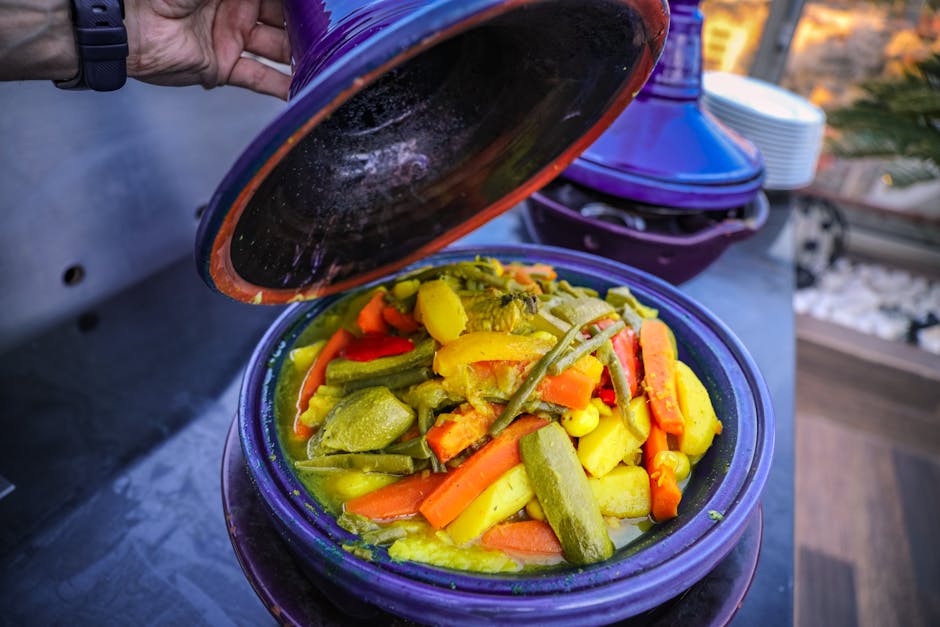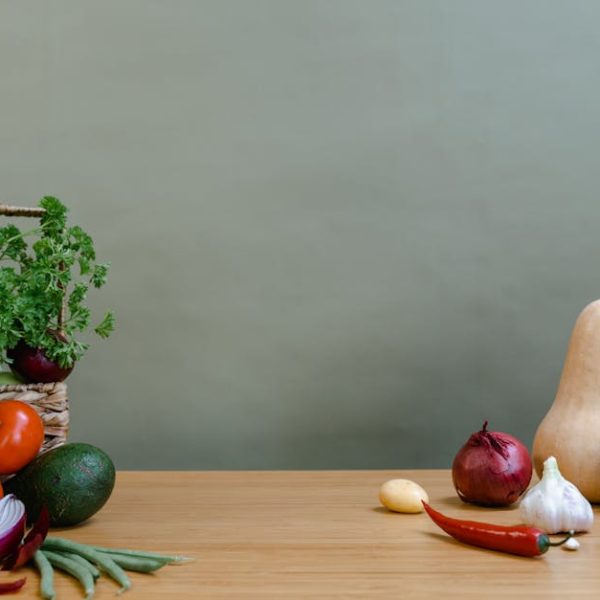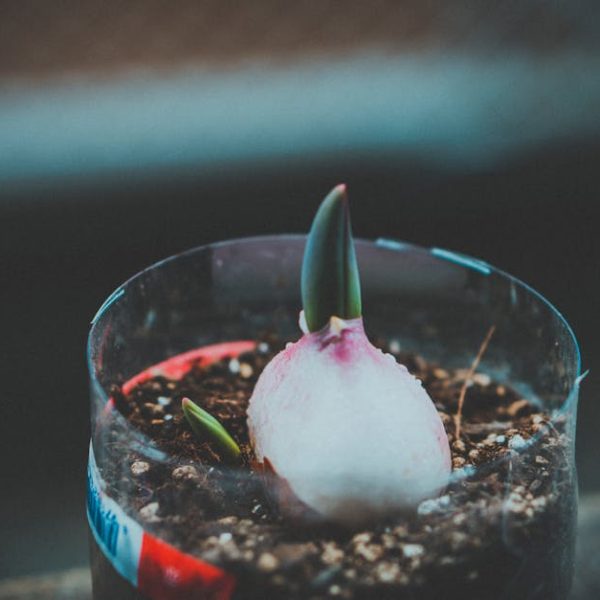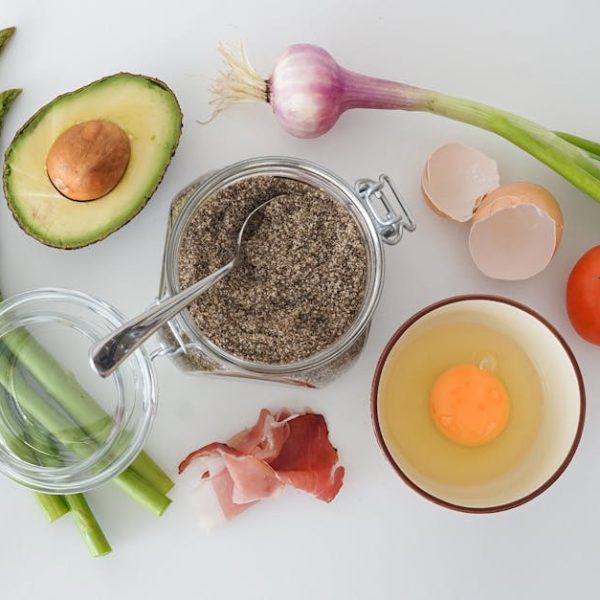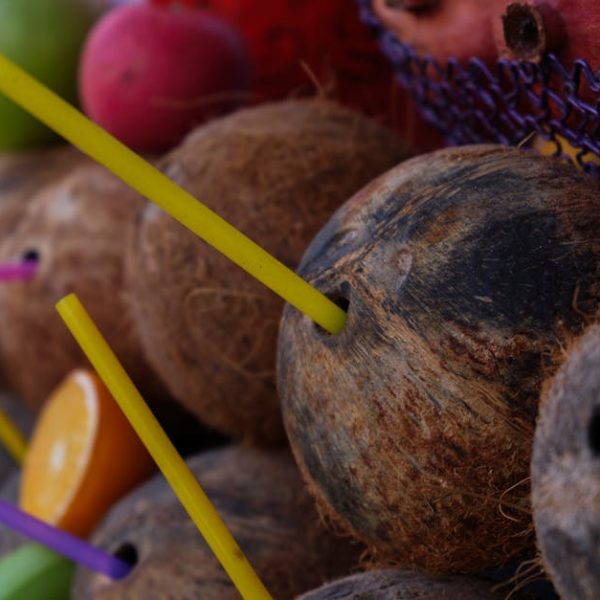It’s a wonder how potatoes, the kind we cherish in fries, mashed dishes, and hearty stews, require such special attention in storage. These unassuming tubers can be knotty when it comes to keeping them fresh. This is where knowing the right storage hacks come in handy to extend their shelf-life and maintain their quality. Let’s explore some amazing storage hacks to keep your potatoes fresh for longer.
1. Storing Potatoes in a Cool Dark Place
Ideal storage conditions are cool, dark, and ventilated. The importance is emphasized by potato’s nature to sprout when exposed to light and warmth. Essentially, the potato is a plant and these conditions signal it to grow. Moreover, excessive heat leads to conversion of starches into sugars, lending an unusually sweet flavor and causing the spuds to darken when cooked.
- A pantry, basement, or cellar presents ideal conditions for potato storage.
- As a pro tip, if you’re fortunate to have a basement or cellar, capitalize on these natural, potato-friendly storerooms.
2. Using Paper Bags for Potato Storage
Paper bag as a storage is simple yet effective. The material allows sufficient air circulation and absorbs surplus humidity—both crucial in delay of sprouting and preventing rot. Additionally, they shield potatoes from light, further prolonging freshness.
- Store potatoes in a paper bag, but ensure it’s not crammed. A packed bag doesn’t afford required air circulation.
- A comparison of paper bags vis-a-vis well-known storage methods reveals the perks and pitfalls of each technique. While paper bags are budget-friendly and efficient, they are not the best for long-term storage and are susceptible to tearing.
3. The Effectiveness of Root Cellar Storage
A root cellar is a time-tested solution for potato storage. From a period when refrigeration technology wasn’t available, individuals leveraged underground’s natural cool and dark aspects.
- Your root cellar should boast minimal light, cool temperatures, and good ventilation for optimal results.
- Comparing a root cellar and a fridge—though a root cellar takes more work and space, it provides optimal conditions naturally and economically for potato storage. However, refrigeration is unideal; it is too cold, transforming potato starch into sugars, thus altering the texture and flavor.
4. The Magic of Using an Apple to Keep Potatoes Fresh
An apple in the potato stash stops sprouting, thanks to ethylene gas emitted by apples, which suppresses eye-formation in potatoes.
- For perfect results, add a ripe apple into the potato sack or box.
- Use robust varieties like Red Delicious that emit more ethylene and replace it once it starts to shrivel.
5. Vegetable Bins and Cabinets for Potato Storage
Vegetable bins or cabinets sync well with needs of potato storage—guarded from light, coolness, and ventilation.
- Bins or cabinets made from wood or mesh are suitable options.
- The plus side of such containers is their great design and functionality. However, you need to spare some extra cash compared to other garage-based storage hacks.
6. Isolating Potatoes from Other Vegetables and Fruits
Fruits and some vegetables give off ethylene gas that accelerates sprouting in potatoes. Hence, isolation is key.
- Keep potatoes away from apples, bananas, and onions.
- For easy management, allot separate, marked areas or storage containers for different produce.
This ends the first segment of storage hacks for keeping potatoes fresh. Through a blend of traditional wisdom and modern insights, we have presented ways to capitalize on household items and nature’s principles to store potatoes. The hacks are feasible, economical, and effective in keeping your tubers fresher for longer.
7. Ventilated Cotton Bag: An Ideal Storage for Potatoes
Cotton bags, particularly the ventilated types, serve as an excellent potato storage choice. They effectively manage moisture, ensuring a controlled humidity level that discourages mold growth. Moreover, they allow appropriate air circulation, a crucial measure to prevent decay.
- To perfectly employ this hack, don’t overstuff the cotton bag. Give potatoes some space for breathing.
- Compare the results of using a cotton bag with your standard plastic or canvas bag. You will quickly notice a substantial decrease in sprouting and spoilage, making cotton bags a worthy storage investment.
8. The Baking Soda Technique
Yes, you heard it right, the humble baking soda does more than helping out in the kitchen or cleaning household surfaces. It can actually keep your potatoes fresh.
- Sprinkle a dash of baking soda in your potato storage container or bag, ensuring an even spread.
- Keep track of your baking soda. Renew it every two weeks or better yet, whenever it starts clumping due to moisture absorption.
9. Using a Clay Pot for Potato Storage
Among the traditional storage methods, the use of a clay pot remains effective. Its natural ventilation properties, combined with its ability to block light, creates an ambient environment for potato storage.
- Choose a clay pot with a lid and store it in a cool, dark place away from direct sunlight.
- Although clay pots may not be as easily accessible or space-efficient as some other options, their effectiveness in prolonging potato life makes them a notable choice for potato storage.
10. Preserving Potatoes in Sand
As unconventional as it may sound, sand can transform potato storage, especially for long-term needs. Sand controls temperature swings and provides a barrier against light, a chief sprouting provocateur.
- Take a wooden box or similar container, layer the bottom with sand, and arrange your potatoes on it. Make sure they are not touching each other. Cover with more sand.
- While sand offers the prospect of long storage, ensure that the sand you use is clean and dry. Also, remember to check on the potatoes periodically for any signs of rot.
11. Hessian Sacks: A Traditional Potato Storage
Hessian or burlap sacks, known for their breathable natural fibers, serve as excellent potato keepers. Their wide weave allows needed air circulation while shielding potatoes from light.
- You can acquire these sacks from most gardening centers or online platforms.
- Hessian sacks arguably trump other storage methods when it comes to airflow. Nonetheless, they don’t fare well in humidity control, and thus, are ideal if you live in drier climates.
Keeping potatoes fresh sure sounds like a challenging task. Fortunately, these simple hacks present easy, practical, and economical ways for efficient potato storage. From natural techniques like using apples and sand to utilizing household items like paper bags and cotton sacks, the solutions promote a fresh supply of potatoes ready for culinary exploits. The principal guide here is a cool, dark, and well-ventilated place which has proved to be a key to extended potato freshness.
Key Takeaway:
- Storing potatoes in a cool and dark place like a basement or cellar can significantly extend their freshness.
- Paper bags, due to their ability to let air circulate and absorb extra humidity, work excellently as potato storage.
- Using an apple in your potato bag slows down the potato sprouting process.
- The characteristic ethylene gas emitted by some fruits and vegetables can cause potatoes to sprout faster, which indicates why potatoes should be stored separately.
- Cotton bags offer ideal storage for potatoes due to their moisture management capability.
- Traditional methods like using a clay pot or Hessian sacks can also serve as effective means of potato storage.
- Unconventional methods like using baking soda or sand can also dramatically enhance potato storage.
Storing potatoes is no small task, but with the right knowledge and resources, it’s an achievable feat. Remember, the perfect condition for potato storage is a cool, dark, and well-ventilated place. So whether you’re using a basement or paper bags, remember these key conditions.
FAQs
Q: Can I store potatoes in the fridge?
A: Storing potatoes in the fridge is not recommended as it is too cold and transforms potato starch into sugars, altering the texture and flavor of the potatoes.
Q: Is it safe to eat potatoes that have sprouted?
A: Sprouted potatoes are safe to eat after removing the sprouts. However, if the potato has shrunk or become discolored, it’s best to discard it.
Q: What are signs that my potatoes have gone bad?
A: If potatoes have a soft, spongy texture, unpleasant smell, or visible mold growth, they should not be eaten.
Q: Can I store potatoes and onions together?
A: It’s best to keep potatoes and onions stored separately, as onions, like other fruits and vegetables, release ethylene gas which can cause potatoes to sprout faster.
Q: How do I use baking soda to store potatoes?
A: Simply sprinkle a bit of baking soda over your potatoes in their storage container or bag, ensuring an even spread. Renew the baking soda every two weeks or when it starts to clump due to moisture absorption.
Please feel free to share this article and explore more posts on our website for further insights and information. We are here to guide you in your daily tasks with creative and easy hacks!
